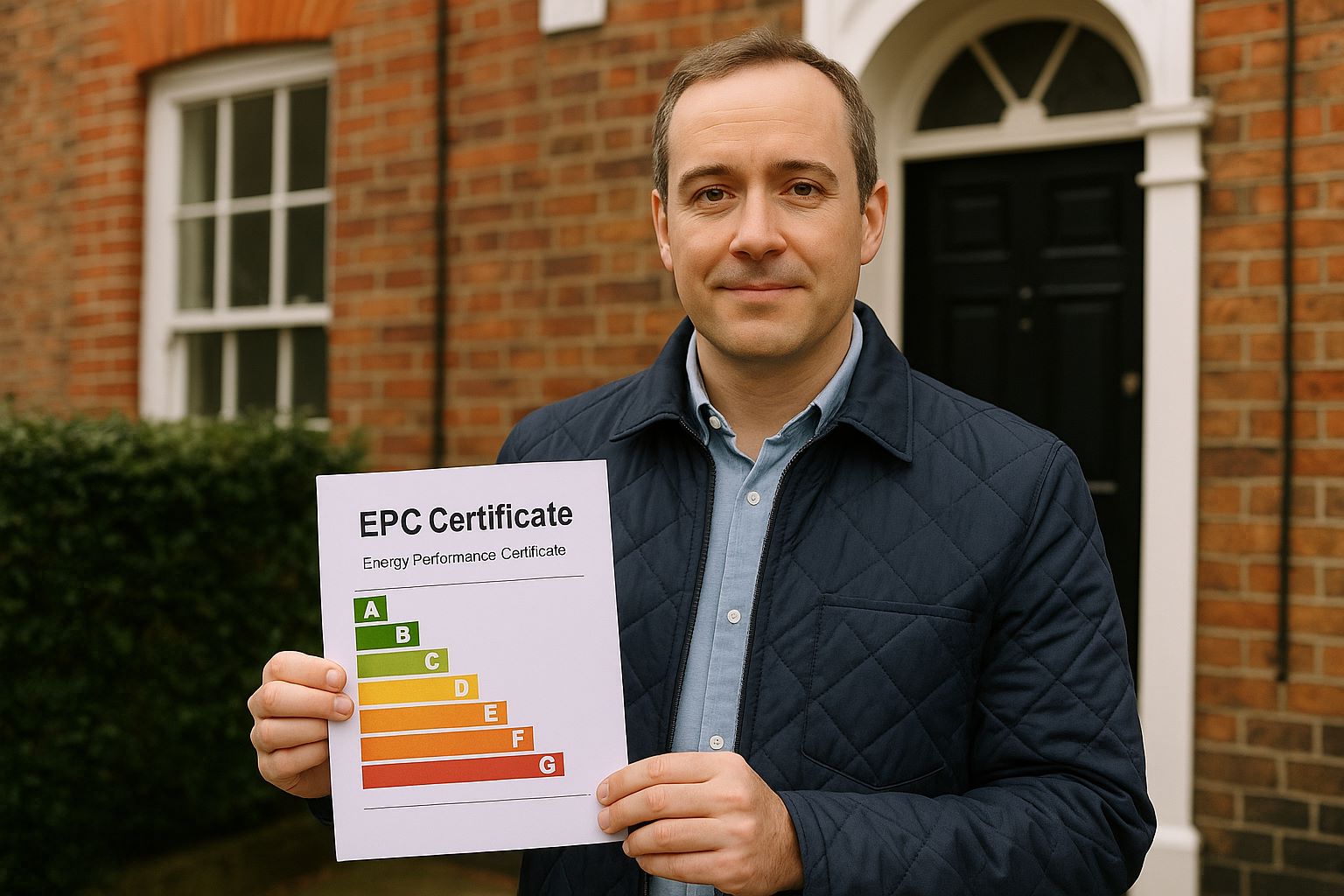Every landlord wants peace of mind knowing their property is safe — not just to protect their tenants, but also to protect themselves from legal and financial risks. One of the most important compliance duties in England today is carrying out electrical safety inspections.
Since July 2020, the law has been clear: landlords must ensure that the electrical installation in their rental property is safe, tested, and certified. But what exactly does that mean in practice, and what happens if you don’t follow the rules? Let’s explore.
Electrical safety inspections check the fixed wiring, sockets, switches, consumer units, and protective systems in your property. These are not casual visual checks — they must be completed by a qualified electrician who can issue an official Electrical Installation Condition Report (EICR).
The EICR assesses whether the system meets the BS 7671 Wiring Regulations (18th Edition) and identifies any hazards that need urgent or recommended attention.
Under the Electrical Safety Standards in the Private Rented Sector (England) Regulations 2020:
The inspection must be carried out at least once every five years, or sooner if required by the report.
After the inspection, you’ll receive an EICR with observations coded by severity:
If your report contains a C1 or C2, you must carry out repairs within 28 days (or sooner, if stated).
Landlords must:
Ignoring electrical safety regulations is risky. Local authorities can:
In other words, non-compliance could cost you far more than the inspection itself.
Consider a landlord in South London who neglected inspections for several years. When the local council investigated after a tenant complaint, they found exposed wiring and unsafe sockets. The landlord was fined £10,000 and forced to carry out extensive remedial work. A timely EICR could have prevented both the safety risk and the financial penalty.
At InventoryFlex, we provide detailed property reports and inspections to help landlords stay fully compliant and stress-free. Whether you need an inventory, a check-in, a check-out, or guidance on safety checks, our team is here to support you.
Do you have a valid EICR for your property? If not, now is the time to act.

